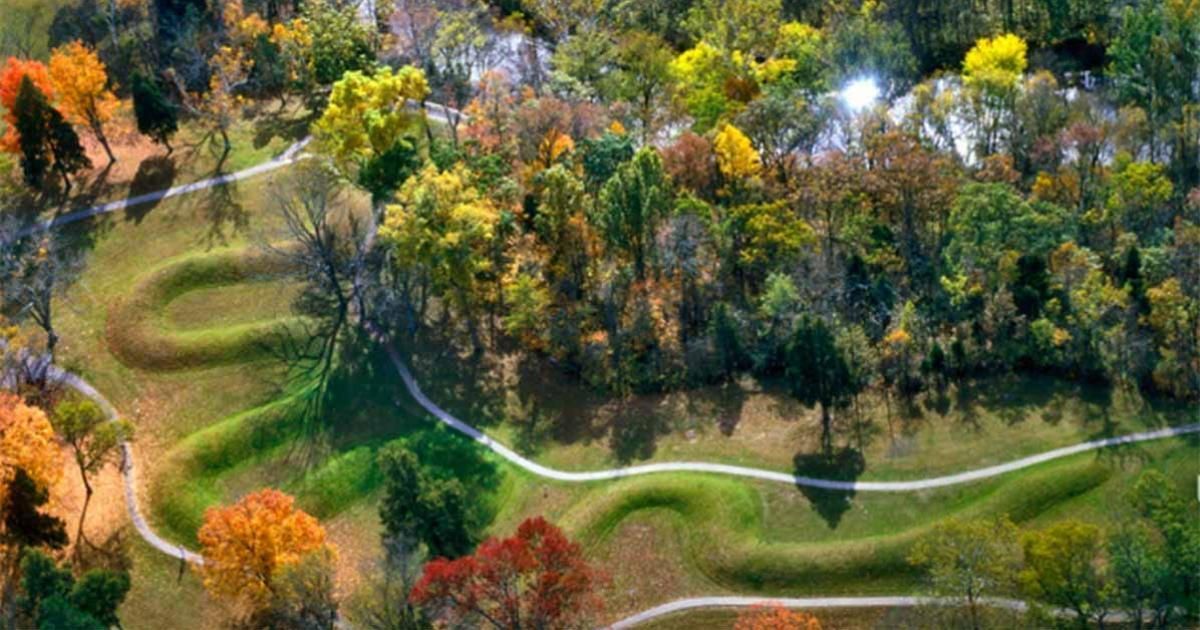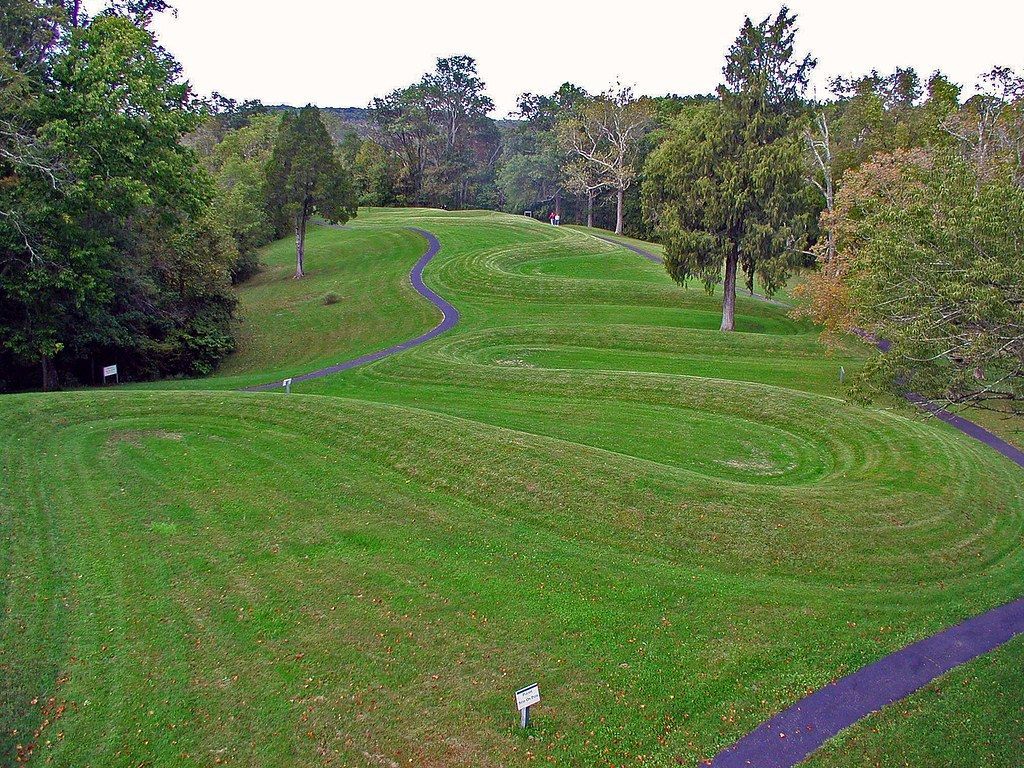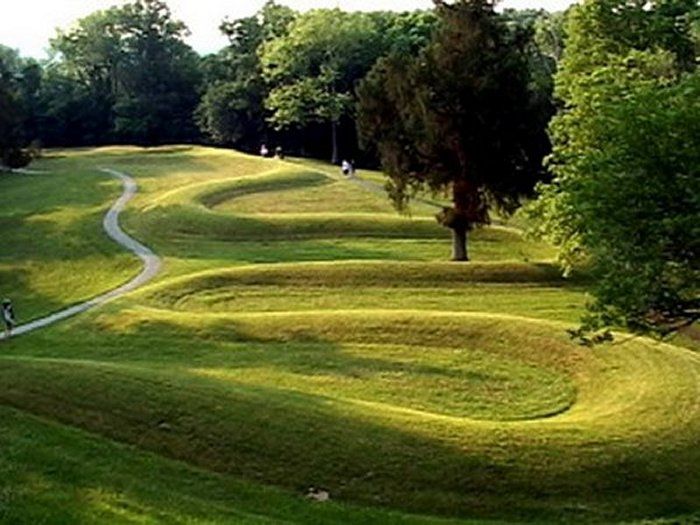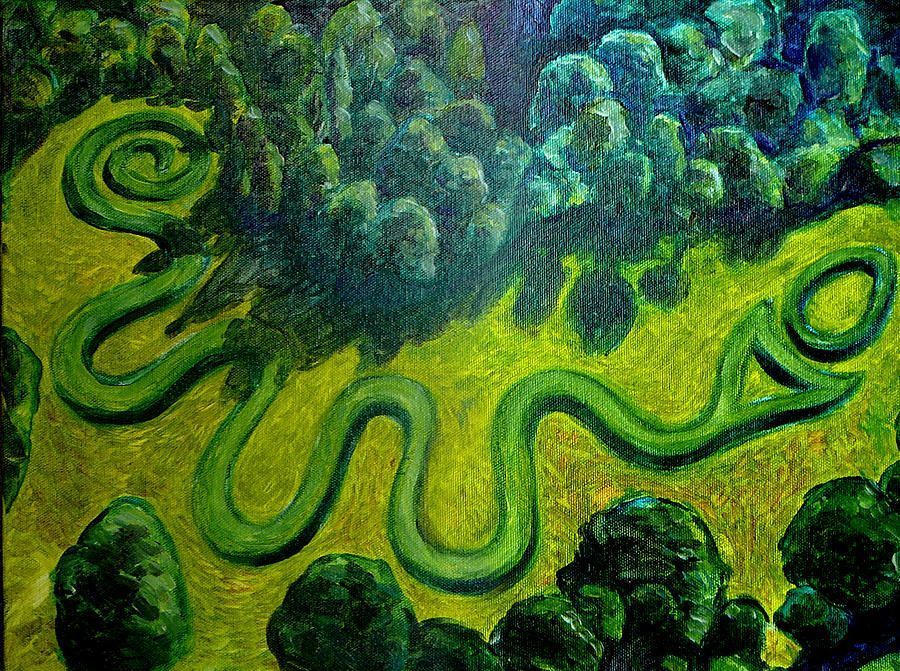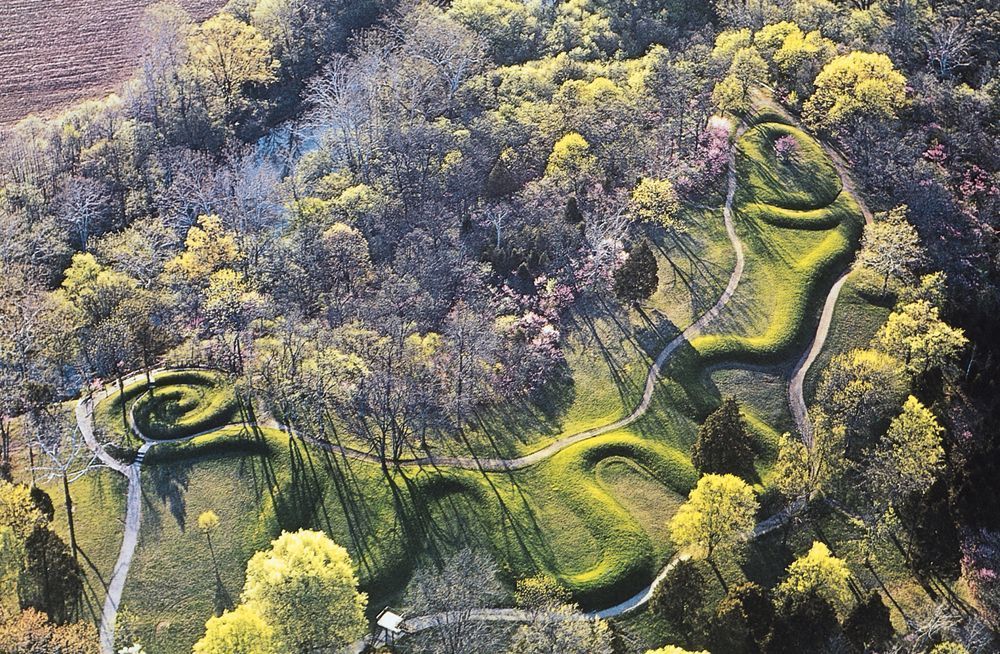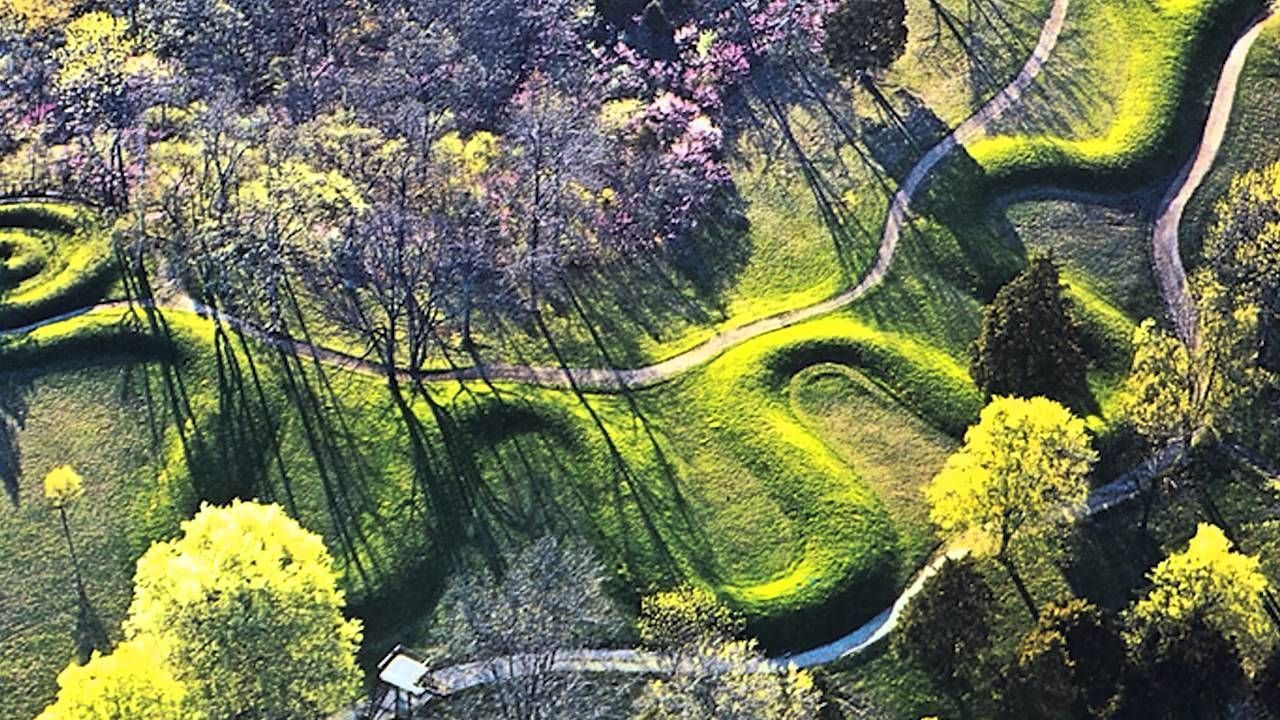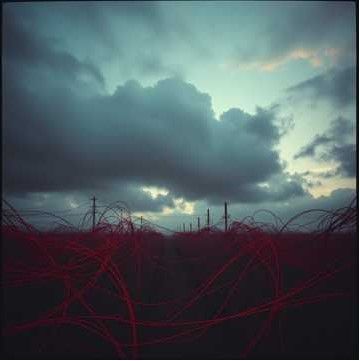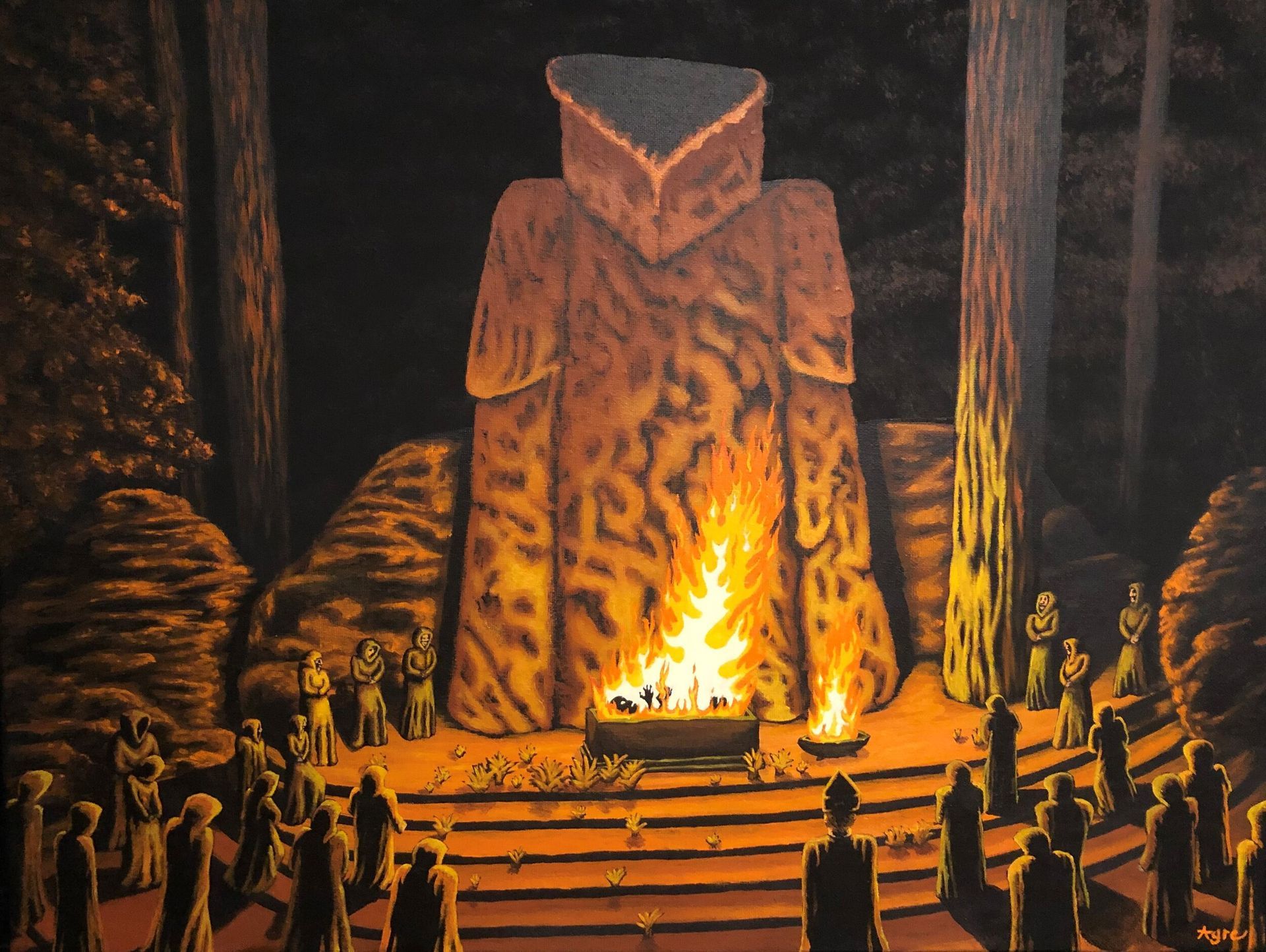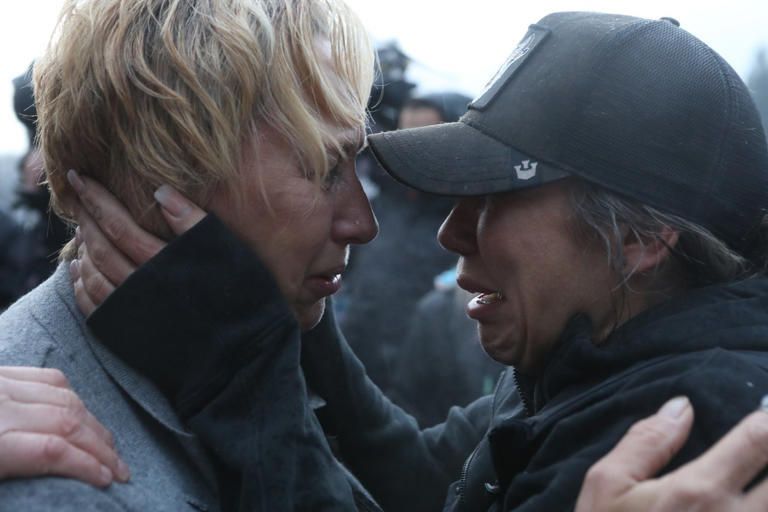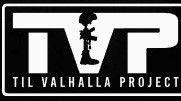The Serpent
Long ago our grandfathers walked this land
This blog post may contain copyrighted material, including but not limited to music clips, song lyrics, and images, the use of which has not always been specifically authorized by the copyright owner. Such material is made available for purposes such as criticism, commentary, news reporting, teaching, scholarship, education, or research, in accordance with the principles of fair use under Section 107 of the U.S. Copyright Act.
Fair use is a legal doctrine that permits limited use of copyrighted material without acquiring permission from the rights holders. Factors considered in determining fair use include: (1) the purpose and character of the use (e.g., whether it is transformative, commercial, or educational); (2) the nature of the copyrighted work; (3) the amount and substantiality of the portion used in relation to the copyrighted work as a whole; and (4) the effect of the use upon the potential market for or value of the copyrighted work.
The Serpent
[Instrumental intro - Flute melody with soft drum, vocal hum]
[Intro – Flute melody with soft drum, vocal hum]
Hey-ya hey-ya ho...
On the old bluff by Brush Creek...
Hey-ya hey-ya ho...
[Verse 1]
Long ago our grandfathers walked this land
Baskets full of clay, hearts full of song
From the earth they raised you, brother serpent long
Winding over the hill where the star-fires belong
No bones in your body, no grave in your coils
Only sky-eyes watching, only moon for your voice
[Chorus – Group chant, building drums]
Hey-ya, Great Serpent, guardian of the egg
Hey-ya, hold the sun in your open mouth
Hey-ya, from Adena fire or Fort Ancient hand
You swallow the light, you give it back again
Hey-ya hey-ya ho...
[Verse 2]
Summer solstice sun sinks into your jaw
Winter moon stands still where your tail winds tall
Ancestors whisper through cedar and oak
Shawnee children return on the homeward road
We lay down tobacco, we walk soft on your skin
You are Mishipeshu, horned one deep within
[Chorus – Louder, with rattles]
Hey-ya, Great Serpent, guardian of the egg
Hey-ya, hold the sun in your open mouth
Hey-ya, sacred ground, do not climb on his back
Treat him like a church, give the old ones respect
Hey-ya hey-ya ho...
[Instrumental Solo]
[Bridge – Slower, almost spoken chant with single drum]
We were taken far, across the long trail of tears
But the serpent still calls us, year after year
No crystals, no drums without asking the kin
This is our grandfather, let the healing begin
[Verse 3]
People come from cities, seeking power and signs
Some see ancient aliens, some see ley lines
But we see our story written deep in the clay
The egg is the world, reborn every day
Step gentle, my friend, feel the earth breathing slow
The serpent remembers what the rivers still know
[Final Chorus – Full voices, rising then fading]
Hey-ya, Great Serpent, guardian of the egg
Hey-ya, hold the sun in your open mouth
Hey-ya, Shawnee blood, Miami song, Delaware wind
We are coming home, where the circle begins
Hey-ya hey-ya ho...
Hey-ya hey-ya ho...
[Outro – Flute fades with distant drum]
On the old bluff by Brush Creek...
The serpent sleeps, the serpent wakes...
Hey-ya... ho...
{instrumental outro]
Serpent Mound is a prehistoric effigy mound in Adams County, southern Ohio, recognized as the largest documented serpent-shaped earthwork in the world. It measures about **1,348 feet (411 meters)** long, stands 3–5 feet high, and depicts an uncoiling serpent with a coiled tail and an oval (often interpreted as an egg, eye, or sun) at its open mouth. Built on a bluff overlooking Ohio Brush Creek, atop a plateau formed by an ancient meteor impact crater, the mound consists of clay, ash, and soil reinforced with stones. Unlike many regional mounds, it contains no burials or artifacts, suggesting ceremonial or astronomical purposes — possible alignments include the summer solstice sunset and lunar standstills.
Archaeologists long attributed it to the **Adena culture** (c. 800 BCE–100 CE), based on nearby Adena burial mounds and early surveys. However, radiocarbon dating in the 1990s yielded dates around **1070–1120 CE**, pointing to the **Fort Ancient culture** (c. 1000–1650 CE), a Mississippian-influenced group known for village sites in the Ohio Valley.
A 2014 study re-dated charcoal samples to c. **300 BCE**, reviving the Adena theory and suggesting possible later Fort Ancient repairs or renovations. Some researchers propose the mound was originally Adena (c. 300 BCE) with Fort Ancient modifications around 1100–1400 CE, while others argue the earlier dates reflect contaminated samples from prior Adena occupations, favoring primary Fort Ancient construction.
The debate remains unresolved, with mainstream archaeology agreeing it was built by indigenous North American peoples (ancestors of tribes like the Shawnee) for ritual or astronomical reasons, not fringe theories like ancient aliens. The site is a National Historic Landmark managed by the Ohio History Connection.
Share:


